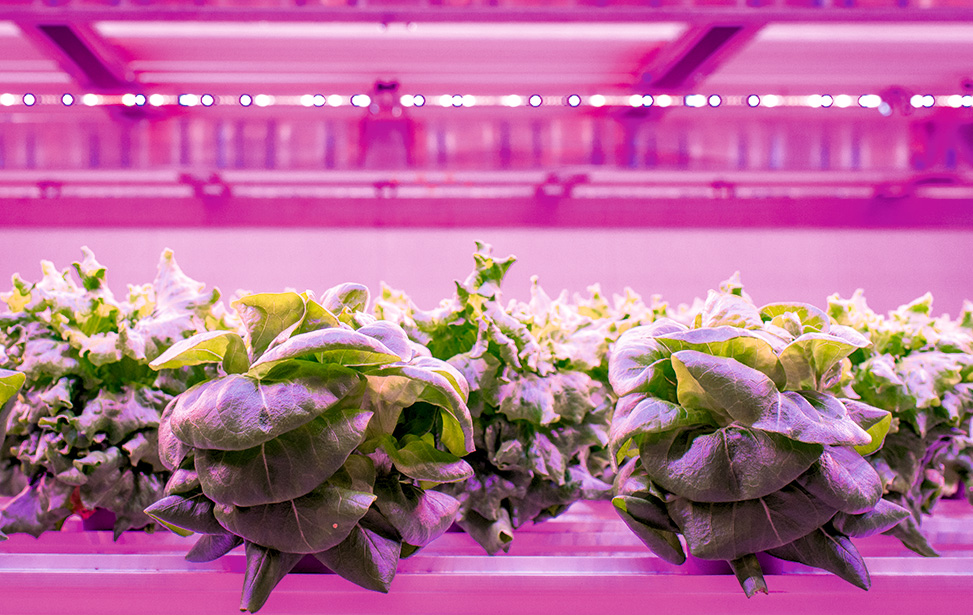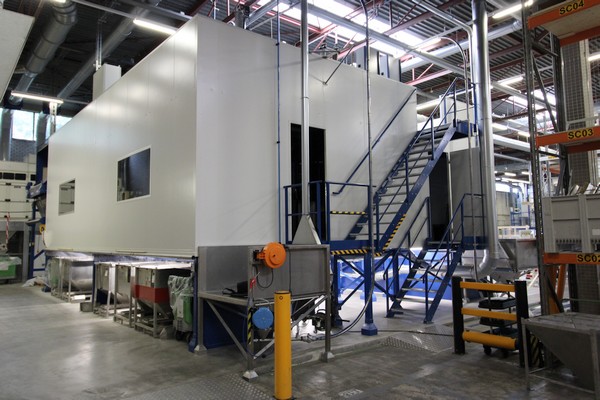agriculture, greenhouse farming, lighting technologies, plant growth, yield, sustainability, research, Lethbridge College, Canadian Agricultural Partnership
In this article, we will explore the latest research on lighting in agriculture, specifically in greenhouse farming. With the increasing demand for sustainable and efficient agricultural practices, it is important to understand the impact of lighting on plant growth and yield. Recently, Lethbridge College has received funding for a greenhouse lighting research project, which we will discuss in detail.
According to a report by MarketsandMarkets, the global greenhouse lighting market is projected to reach USD 416.6 million by 2022, with a CAGR of 8.2% during the forecast period. This indicates the growing interest in greenhouse farming and the need for innovative solutions to optimize plant growth.
The greenhouse lighting research project at Lethbridge College aims to investigate the impact of various lighting technologies on plant growth and yield. This includes LED lighting, high-pressure sodium (HPS) lighting, and hybrid lighting systems. The research team will also explore the effects of different light spectra, intensities, and durations on plant growth and quality.
The project is supported by funding from the Canadian Agricultural Partnership (CAP) program, which aims to enhance the competitiveness and sustainability of the agriculture and agri-food sector in Canada. The results of this research can have significant implications for greenhouse farmers, as it can inform the selection and use of lighting technologies to improve crop production.
The use of lighting in agriculture, particularly in greenhouse farming, is an important factor in plant growth and yield. The research being conducted at Lethbridge College can provide valuable insights into the impact of different lighting technologies and parameters on plant growth and quality. As farmers and agricultural professionals, it is important to stay informed on the latest research and technological advancements to optimize agricultural practices.












